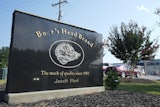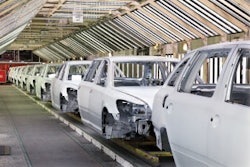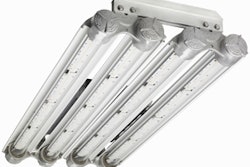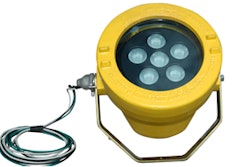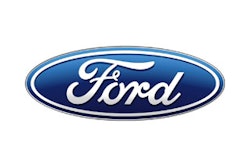This is part two of a two-part piece. Part one can be found here.
Scenario 3 — Operations Manager:
In a manufacturing plant that is slicing and packaging cheese, a key performance indicator (KPI) for the operations manager, who is responsible for five production lines, is cost of goods made. Every morning she reviews the production spreadsheets from the prior day’s operations. On this morning, she discovers that yesterday’s standard over-pack weight allowance of 0.5 percent has been exceeded on one of the lines — making the actual yield loss 1.1 percent — and adding $2,300 to the cost of goods made for that line. Upon discussion with the QA manager, she learns that the hourly samples for that line were within specification.
With today’s manual processes:
- With a manual process, the first thing that the operations manager will most likely do is go back and check to ensure that the spreadsheet information is accurate, and that there weren’t problems with the weighing equipment or errors with the data entry.
- If the equipment was working properly and the data is verified, the manager has to weigh (pardon the pun!) her options. A typical remedy for this type of problem is to increase sample frequency — which of course adds labor costs, as do most options.

With food safety chain management:
- Most food safety chain management, solutions are able to receive data from a wide variety of sources: from the field, sent by smart phones by pre-harvest inspectors, from internal or third-party labs and directly from equipment, such as refrigeration and check-weighing machinery.
- In this scenario, because every unit is weighed, all that data would be automatically and electronically sent to the food safety chain management solution, and compared to upper and lower control limits — making the sample “all” — every package on the line.
- Therefore, the minute a non-compliant weight trend is detected, an alert is issued and a corrective action can be taken.
- All of the data is also then time and date stamped and available on demand to respond to a customer compliant or a government agency unannounced audit.
Scenario 4 — Plant Quality Assurance Manager:
The plant quality assurance manager for one of four preferred providers manufacturing and private labeling a proprietary salsa recipe for a major national fast food chain has just received notice that a recent shipment is being rejected at the customer’s distribution center due to two issues with the COA. One issue is an exception — the acidity level is outside the specification range. The second is an omission — a microbiological result for a pathogen is not on the COA.
With today’s manual processes:
- After performing a root cause analysis, the QA manager determines both were caused by human error: the acidity range was actually correct but was entered with a typo — and the pathogen test was performed but wasn’t reported.
- The best case in this scenario is embarrassment and perhaps some loss of customer confidence. And it could have been much worse; if the ranges were incorrect or the test hadn’t been performed, the entire shipment would have been a loss and the inventory would have had to be replaced. If this happens too often, the preferred provider status would be at risk.
With food safety chain management:
- Most food safety chain management solutions can manage an unlimited number of safety and quality specifications for multiple customers. In this case, the acidity range information would be electronically generated — avoiding human error. If the attribute was out of range, the issue would have been detected and corrected in real time. The COA would not have been generated and the product would not have been shipped.
- Information can even be integrated with solutions — such as the manufacturer's supply chain distribution system — preventing shipping documents from being printed when non-compliance is detected.
- In the case of the omission, food safety chain management systems can be configured to ensure all required fields are input prior to COA generation. And if the test results were non-compliant — again, the COA would not have been generated, and the salsa would not have been shipped. Even if there was cost associated with replacing the non-compliant salsa, the cost of packaging and shipping would have been avoided — along with the customer rejection.
- One could even argue that companies who deploy these types of solutions will have a better chance of receiving preferred provider status because of the greatly reduced risk of shipping non-compliant goods to customers.
Protect Market Value and Brand
On that last note, let’s summarize the key benefits that food manufacturers can realize from emerging food safety chain management technology innovations:
- Eliminate costly manual processes and errors — saving both time and money.
- Enforce regulatory, non-regulatory and customer-driven compliance through manufacturing efficiencies.
- Prevent withdrawals, rejections and recalls.
- And perhaps most important is the ability to protect your market value and brand.
This is part two of a two-part piece. Part one can be found here. For more information, please contact Levin at [email protected], Bernkopf at [email protected] or visit www.safetychain.com.
